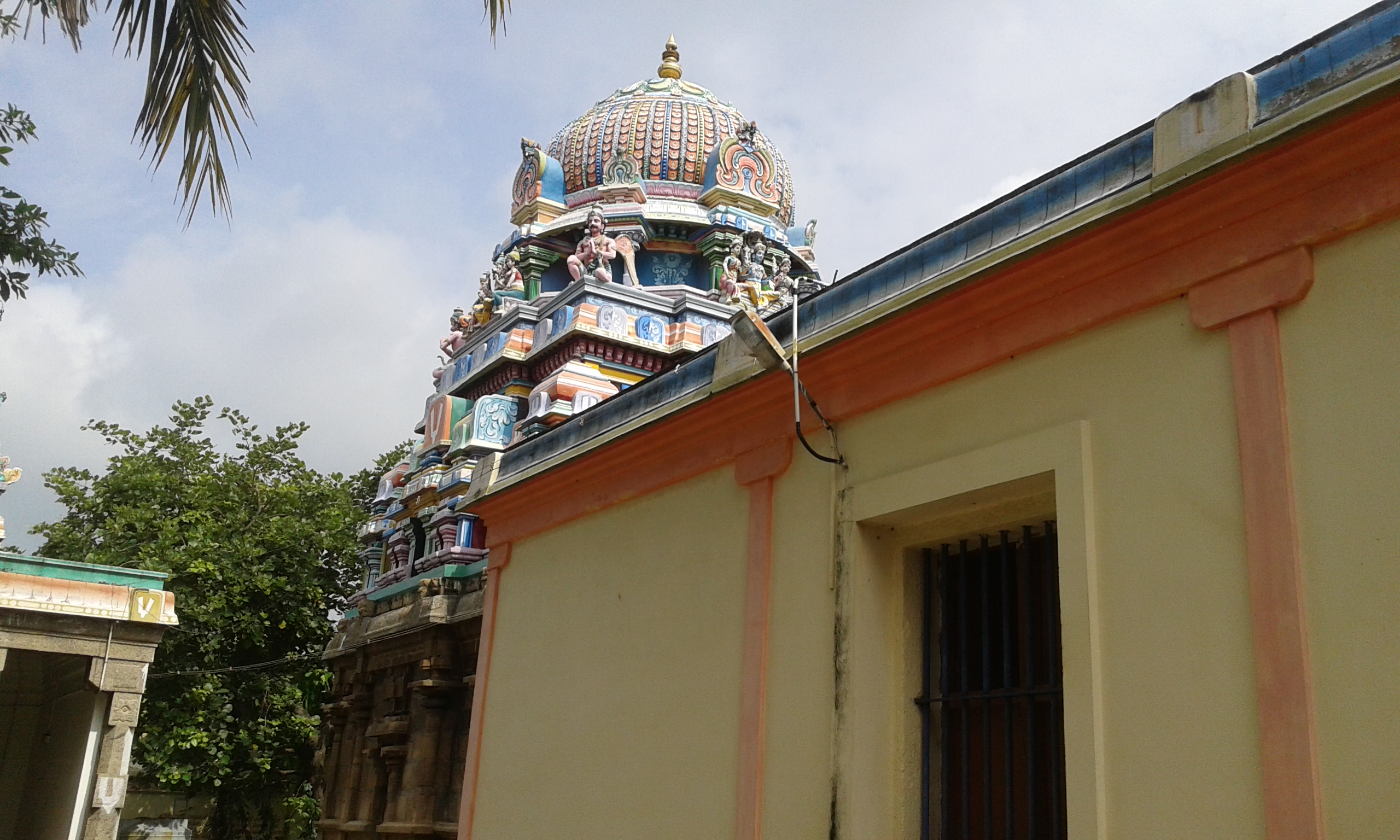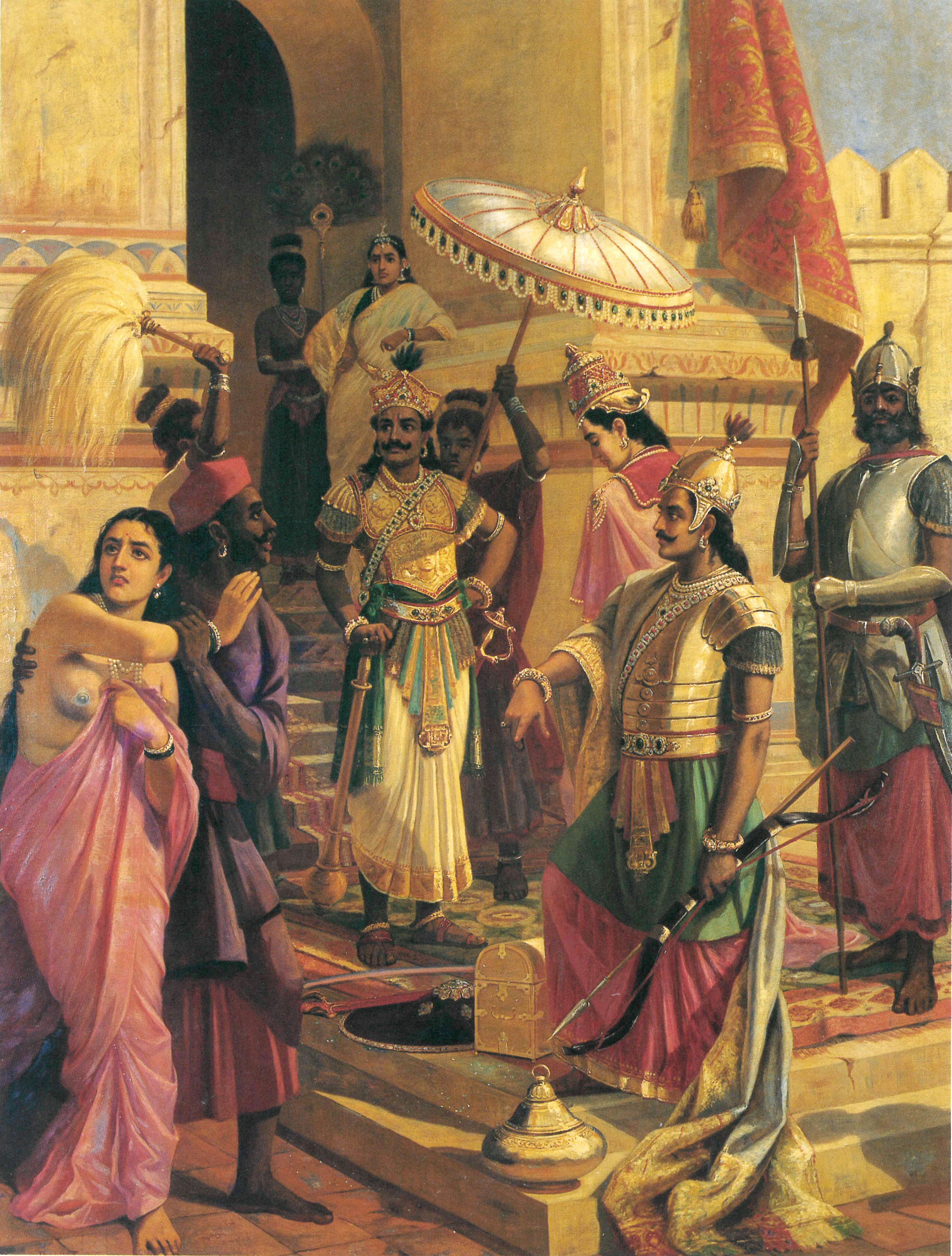|
Nangur Vishnu Temples
The Vishnu temples at Nangur are a group of 11 temples near Nangur in Mayiladuthurai district of Tamil Nadu, India. The eleven temples are part of the 108 Divya Desams of the Hindu god Vishnu. The temples at Nangur are believed to have been sanctified by Tirumangai Alvar, one of the 12 ''Alvars''. p. 426, by B. S. Baliga The oldest of them have been dated to the reign of the Medieval king . Festival The |
Mayiladuthurai District
Mayiladuthurai district is one of the 38 List of districts of Tamil Nadu, districts of the state of Tamil Nadu in India. The district headquarters is located at Mayiladuthurai. Geography The district is bounded on the north by Cuddalore district, on the west by Thanjavur district, on the south by Tiruvarur district and Karaikal district of Puducherry (union territory), Puducherry, and the Bay of Bengal to the east. The district is situated in the fertile delta of the Kaveri and is entirely flat plain. The Kaveri, as well as many of its distributaries, flows through the district and enters the sea here. Most of the northern border with Cuddalore is formed by the Kollidam River. Taluks As of 2020, when Mayiladuthurai District was carved out of Nagapattinam it had the following taluks: *Kuthalam taluk *Mayiladuthurai taluk *Sirkazhi taluk *Tharangambadi taluk Demographics At the time of the 2011 census, Mayiladuthurai district had a population of 918,356. 741,788 lived ... [...More Info...] [...Related Items...] OR: [Wikipedia] [Google] [Baidu] |
Darshan (Indian Religions)
In Indian religions, ''Darshana'', also spelt ''Darshan'', (Sanskrit: दर्शन, , ) or ''Darshanam'' (darśanam) is the auspicious sight of a deity or a holy person. The term also refers to six traditional schools of Hindu philosophy and their literature on spirituality and soteriology. Etymology The word darshana, also in the forms of ''darśana'' or ''darshanam'', comes from Sanskrit दर्शन, from ''dṛś'', 'to see', vision, apparition or glimpse. Definition ''Darshana'' is described as an "auspicious sight" of a holy person, which bestows merit on the viewer. It is most commonly used for theophany, meaning a manifestation or vision of the divine, in Hindu worship, e.g. of a deity (especially in image form), or a very holy person or artifact. One can receive ''darshana'' or a glimpse of the deity in the temple, or from a great saintly person, such as a great guru. In Hinduism The term ''darshana'' also refers to the six systems of thought, called ''dars ... [...More Info...] [...Related Items...] OR: [Wikipedia] [Google] [Baidu] |
Thiruarimeya Vinnagaram
Thiruarimeya Vinnagaram or Kudamudakoothan Perumal Temple is dedicated to Hindu god Vishnu located in Tirunangur, a village in the outskirts of Sirkaḻi in the South Indian state of Tamil Nadu. Constructed in the Dravidian style of architecture, the temple is glorified in the ''Nalayira Divya Prabandham'', the early medieval Tamil canon of the Alvar saints from the 6th–9th centuries CE. It is one of the 108 ''Divya Desams'' dedicated to Vishnu, who is worshipped as Kudamudakoothan and his consort Lakshmi as Amirtagadavalli. It is one among the eleven Divya Desams of Tirunangur Tirupatis and is closely associated with Thirumangai Alvar. The temple is open from 8 a.m. to 10 a.m. and 5 p.m. to 7 p.m and has four daily rituals at various times of the day. The Thirumangai Alvar Mangalasasana Utsavam celebrated annually during the Tamil month of ''Thai'' is the major festival of the temple during which the festival images of the eleven Tirunangur Tirupatis are brought on mount ... [...More Info...] [...Related Items...] OR: [Wikipedia] [Google] [Baidu] |
Thiruvanpurushothamam
The Purushotama Perumal Temple is located in Thirunangur, a village in the outskirts of Sirkazhi in the South Indian state of Tamil Nadu, and is dedicated to the Hindu god Vishnu. Constructed in the Dravidian style of architecture, the temple is glorified in the ''Nalayira Divya Prabandham'', the early medieval Tamil canon of the Alvar saints from the 6th–9th centuries CE. It is one of the 108 ''Divya Desams'' dedicated to Vishnu, who is worshipped as Purushottaman and his consort Lakshmi as Purushottama Nayagi. It is one among the eleven ''Divya Desams'' of Thirunangur Tirupathis and is closely associated with Thirumangai Alvar. The temple is open from 8 a.m. to 10 a.m. and 5 p.m. to 7 p.m and has four daily rituals at various times of the day. The Thirumangai Alvar Mangalasasana Utsavam celebrated annually during the Tamil month of ''Thai'' is the major festival of the temple during which the festival images of the eleven Thirunangur Tirupathis are brought on mount desig ... [...More Info...] [...Related Items...] OR: [Wikipedia] [Google] [Baidu] |
Dvārakā
Dvārakā, also known as ''Dvāravatī'' (Sanskrit द्वारका "the gated ity, possibly meaning having many gates, or alternatively having one or several very grand gates), is a sacred historic city in the sacred literature of Hinduism, Jainism,See Jerome H. Bauer "Hero of Wonders, Hero in Deeds"Vasudeva Krishna in Jaina Cosmohistory in and Buddhism. It is also alternatively spelled as Dvarika. The name Dvaraka is said to have been given to the place by Krishna, a major deity in Hinduism. Dvaraka is one of the Sapta Puri (seven sacred cities) of Hinduism. In the ''Mahabharata'', it was a city located in what is now Dwarka, formerly called Kushasthali, the fort of which had to be repaired by the Yadavas. In this epic, the city is described as a capital of the Anarta Kingdom. According to the ''Harivamsa'' the city was located in the region of the Sindhu Kingdom. In the Hindu epics and the Puranas, Dvaraka is called Dvaravati and is one of seven Tirtha (pilgrima ... [...More Info...] [...Related Items...] OR: [Wikipedia] [Google] [Baidu] |
Bhuloka
In esoteric cosmology, a plane is conceived as a subtle state, level, or region of reality, each plane corresponding to some type, kind, or category of being. The concept may be found in religious and esotericism, esoteric teachings—''e.g.'' Vedanta (Advaita Vedanta), Ayyavazhi, shamanism, Hermeticism, Neoplatonism, Gnosticism, Kashmir Shaivism, Sant Mat/Surat Shabd Yoga, Sufism, Druze, Kabbalah, Theosophy (Blavatskian), Theosophy, Anthroposophy, Rosicrucianism (Esoteric Christianity, Esoteric Christian), Eckankar, Ascended Master Teachings, etc.—which propound the idea of a whole series of subtle planes or worlds or dimensions which, from a center, interpenetrate themselves and the physical planet in which we live, the planetary system, solar systems, and all the physical structures of the universe. This interpenetration of planes culminates in the universe itself as a physical structured, dynamic and evolutive expression emanated through a series of steadily denser stages, ... [...More Info...] [...Related Items...] OR: [Wikipedia] [Google] [Baidu] |
Indrani
Indrani (Sanskrit: इन्द्राणी, IAST: ''Indrāṇī, lit.'' Indra's queen), also known as Shachi (Sanskrit: शची, IAST: ''Śacī''), is the queen of the devas in Hinduism. Described as tantalisingly beautiful, proud and kind, she is the daughter of the asura Puloman and the consort of the king of the devas, Indra. According to legend, due to her heavenly beauty and sensuality, Indrani was desired by many men, many of whom tried to marry her. When Indra was away performing his penance for the slaying of Vritasura, Nahusha, a mortal king of the Lunar dynasty, was chosen as the ruler of heaven. The latter tried to seduce Shachi and make her his queen, though she cleverly executed a scheme to dethrone him and later reunite with her husband. She is an important goddess in Shaktism, a major sect of Hinduism. Indrani (or Aindri) is one of the Sapta Matrika—the seven divine mothers. She is worshipped in South India as an independent deity, and is most often w ... [...More Info...] [...Related Items...] OR: [Wikipedia] [Google] [Baidu] |
Devaloka
In Indian religions, a devaloka or deva loka is a plane of existence where gods and devas exist. The deva lokas are usually described as places of eternal light and goodness, similar to the concept of Heaven. Teachers of different Hindu denominations may call such homes of the gods by other names, including Svarga, each differing in non-fundamental aspects. Hindu beliefs are vast and diverse, and thus Hinduism is often referred to as a family of religions rather than a single religion. Thus, devaloka is viewed by many Hindu sects as a stopping point onto the final destination of an eternal heaven. These higher planes include Vishnuloka (''Vaikuntha''), Brahmaloka (''Satyaloka'') and Sivaloka ('' Kailasa''), places of union with Vishnu, Brahma and Shiva. Within Hindu traditions, a Devaloka is understood as either a temporary planes of existence due to one's good karma, or a permanent plane of existence that is reached when one is sufficiently attuned to light and good. Within ... [...More Info...] [...Related Items...] OR: [Wikipedia] [Google] [Baidu] |
Kalpavriksha
Kalpavriksha () is a wish-fulfilling divine tree in Indian religions, like Hinduism, Jainism, Buddhism, and Sikhism. Its earliest descriptions are mentioned in Sanskrit literature. It is also a popular theme in Jain cosmology and Buddhism. The Kalpavriksha originated during the Samudra Manthana or the "churning of the ocean" along with Kamadhenu, the divine cow, providing for all needs. The king of the gods, Indra, returned with this tree to his paradise. Kalpavriksha is also identified with many trees such as parijata (''Nyctanthes arbor-tristis''), ''Ficus benghalensis'', ''Acacia'', ''Madhuca longifolia'', ''Prosopis cineraria'', '' Diploknema butyracea'', and mulberry tree (''Morus nigra'' tree). The tree is also extolled in iconography and literature. History Kalpavriksha is common to the Hindu Bhagavatas, the Jains, and the Buddhists. Hinduism Kalpavriksha, the tree of life, also meaning "World Tree", finds mention in the Vedic scriptures. In the earliest acc ... [...More Info...] [...Related Items...] OR: [Wikipedia] [Google] [Baidu] |
Airavata
Indra (alias Sakra) and Shachi riding the five-headed Divine Elephant Airavata, Folio from a Jain text, Panch Kalyanaka">Shachi.html" ;"title="Indra (alias Sakra) and Shachi">Indra (alias Sakra) and Shachi riding the five-headed Divine Elephant Airavata, Folio from a Jain text, Panch Kalyanaka (Five Auspicious Events in the Life of Jina Rishabhanatha), c. 1670–1680, Painting in LACMA museum, originally from Amber, India, Amber, Rajasthan Airavata ( sa, ऐरावत "belonging to Iravati") is a white elephant (pachyderm), white elephant who carries the deity Indra. It is also called 'abhra-Matanga', meaning "elephant of the clouds"; 'Naga-malla', meaning "the fighting elephant"; and ' Arkasodara', meaning "brother of the sun". 'Abhramu' is the elephant wife of Airavata. Airavata has four tusks and seven trunks and is spotless white. Airavata is also the third son of Iravati. In the ''Mahabharata'' he is listed as a great serpent. Hindu tradition According to the Ram ... [...More Info...] [...Related Items...] OR: [Wikipedia] [Google] [Baidu] |
Narakasura
Naraka, also known as Narakasura (), is an asura king in Hindu mythology. In Assamese tradition, he is regarded as the legendary progenitor of all three dynasties of Pragjyotisha-Kamarupa, and the founding ruler of the legendary Bhauma dynasty of Pragjyotisha. Though the myths about Naraka are first mentioned in the Mahabharata, later texts embellish them. According to later post-Vedic texts such as the Brahma Purana and Vishnu Purana, he was the son of Bhudevi, fathered either by the Varaha incarnation of Vishnu or Hiranyaksha. He is claimed as one who established Pragjyotisha. He was killed by Krishna and Satyabhama. His son Bhagadatta—of Mahabharata fame—succeeded him. The 10th/11th-century Kalika Purana embellishes the myths further and he is claimed to have come from Mithila and said to have established the kingdom of Pragjyotisha after overthrowing the last of the Kirata kings, Ghatakasura, of the Danava dynasty. It was foretold that he would be destroyed by a lat ... [...More Info...] [...Related Items...] OR: [Wikipedia] [Google] [Baidu] |










